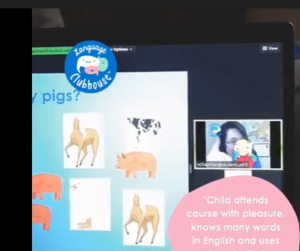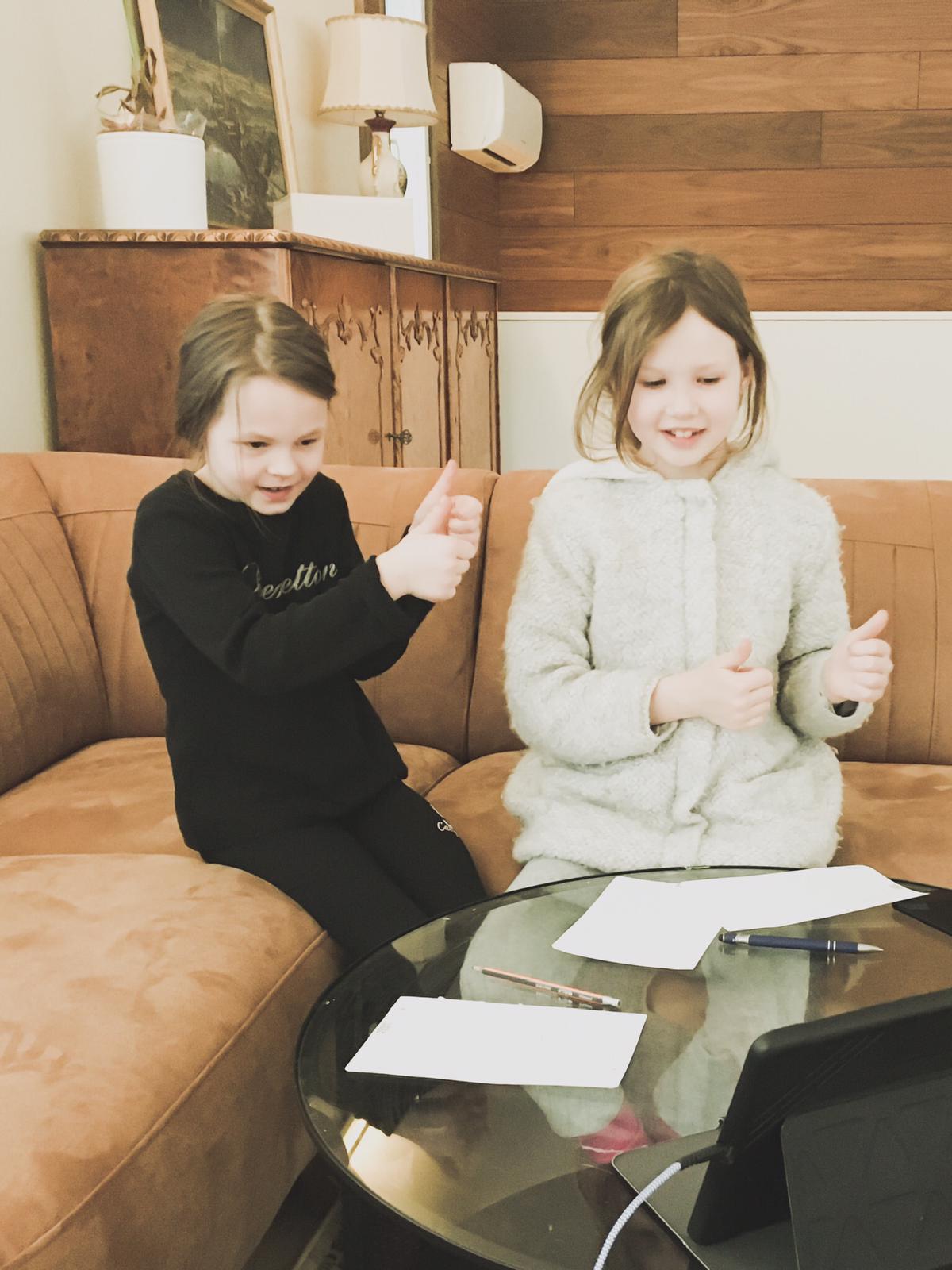The past couple of years have been challenging for many parents and teachers. One of the biggest challenges were the changes to daily life due to things closing and many daily tasks moving online. Teacher Nicole has been teaching online for several years, and has several tricks to keep her students engaged and motivated during our online live classes.
If you can’t engage a child in their learning, they won’t learn. One of the most effective ways I have found to keep younger children engaged is to dress their learning in a costume – one they are more than happy to look at.

As kids all have different interests and learn at different rates depending on the topic, we know the costumes can take many forms. But for language teaching, there is also the need for it to be fit for purpose and relevant to daily life to encourage use outside learning environments.
From young children using their new vocabulary to describe environments in their favourite video games, or using an interest in dinosaurs to learn about modern animals; if the costume is applied correctly, language learning can become almost a side-effect.
Kids interests are used in all learning environments, but other factors also impact motivation and engagement, including the time of day, kids personalities and learning styles, and for slightly older or more advanced students, tasks being both age appropriate and challenging enough. There are also factors teachers have control over like being playful or dramatic, making their environment colourful and relevant to daily life.
It can be a challenge to meet all these different needs in classrooms, online classrooms are no different, but come with their own problems and solutions.
There are more distractions in online learning environments from both sides. Teachers can minimise their own side, but there is no control over the kids’ side. Being on a device can also make learning difficult – sometimes there is no way to know whether the child is actively listening quietly, or playing a video game and paying the minimum attention to the lesson. Once you have their attention, it is more important to keep it.
Teachers should be playful in classes, and use props and toys in the same way they would offline. The determining factor to how much energy to place into the classes depends on the students. One thing I have discovered is to base my own energy one step higher than a child in 1-1 classes, and at around 75% of the most energetic in group classes. This is especially true for the youngest kids we teach at Language Clubhouse whose engagement is not based on tasks.

Virtual cameras can help inject this playfulness into the classes, like showing cartoon masks on the teachers face, or using the stickers to build reward systems which can be easily seen and added to during the lessons.
Having an option to learn online can be a huge benefit for some kids, so it is important to provide the alternative which makes high quality education more accessible to kids with alternative needs and in different parts of the world.


 Linkedin
Linkedin
 Facebook
Facebook
 Instagram
Instagram
 Youtube
Youtube
